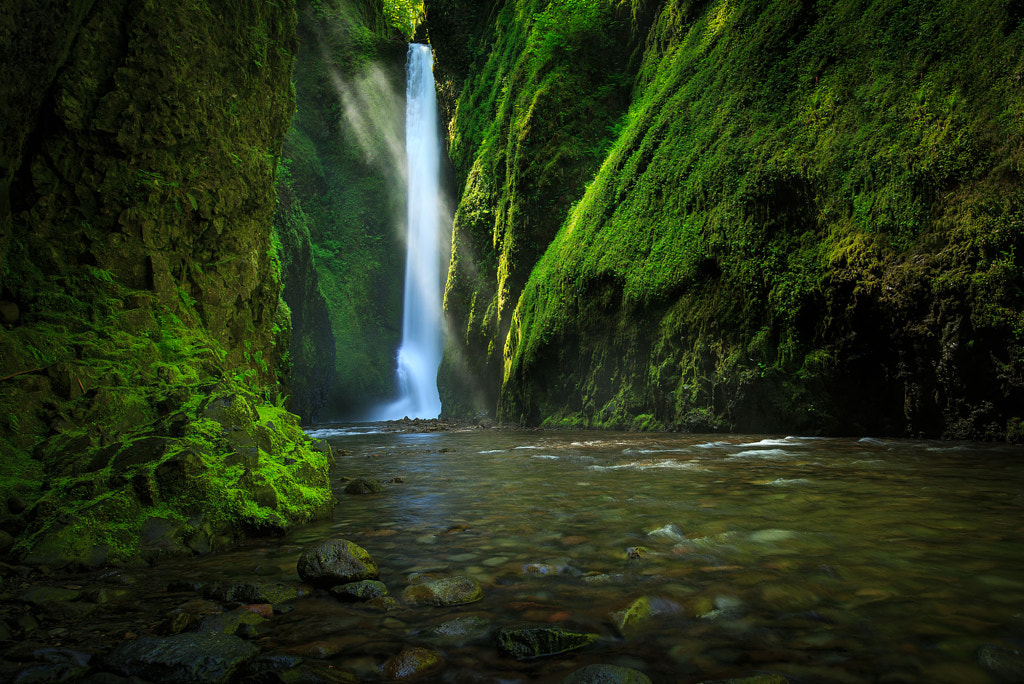 This week marks the Adobe MAX conference in Los Angeles, Adobe’s annual centerpiece for product announcements. While there is little major news in the Lightroom Classic/Lightroom CC space (beyond some small updates, which you can read about over on the Lightroom Killer Tips blog), Adobe demoed Photoshop CC for iPad, a brand-new version of the company’s flagship image editor, which “shares the same code base as its desktop counterpart, so there’s no compromise on power and performance or editing results.”
This week marks the Adobe MAX conference in Los Angeles, Adobe’s annual centerpiece for product announcements. While there is little major news in the Lightroom Classic/Lightroom CC space (beyond some small updates, which you can read about over on the Lightroom Killer Tips blog), Adobe demoed Photoshop CC for iPad, a brand-new version of the company’s flagship image editor, which “shares the same code base as its desktop counterpart, so there’s no compromise on power and performance or editing results.”
Redesigned for a modern touch experience, Photoshop CC on iPad will deliver the power and precision of its desktop counterpart. Photoshop CC on iPad will let users open and edit native PSD files using Photoshop’s industry-standard image-editing tools and will feature the familiar Photoshop layers panel. With Photoshop CC across devices, coming first to iPad in 2019, you will be able to start your work on an iPad and seamlessly roundtrip all of your edits with Photoshop CC on the desktop via Creative Cloud.
Unlike previous attempts at porting Photoshop to tablets, Adobe appears to be doubling down on the future, which it believes is centered around cloud- and tablet-based editing. The new app (and corresponding desktop versions of Photoshop CC) will use a new format, called Cloud PSD, to sync edits between the cloud and mobile and desktop devices. This new format appears to be similar in intent to the way that Lightroom CC syncs images and edits across devices, albeit in a more Dropbox-style environment.
Adobe gave the Verge an exclusive on the new app, and they have both a good overview of Photoshop CC for iPad and the new Cloud PSD format, as well as a hands-on preview of the app that is well worth watching:
“I’ve been using Photoshop for the iPad for the past week, and it feels distinctly like Photoshop with a few design choices optimized for a touchscreen. It doesn’t have every tool available in desktop Photoshop; in fact, it’s missing the entire upper task bar with the drop-down menu. Instead, you’ll find tools like adjustment layers in the collapsible right-side toolbar.”
[Update: Adobe has made the MAX keynote available online; the Photoshop iPad section starts at approximately 1 hour and 1 minute into the presentation, and lasts about ten minutes.]




